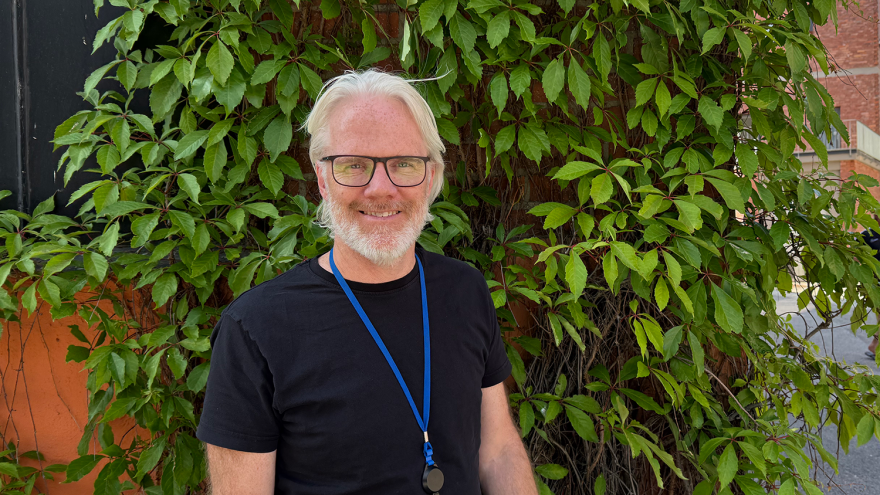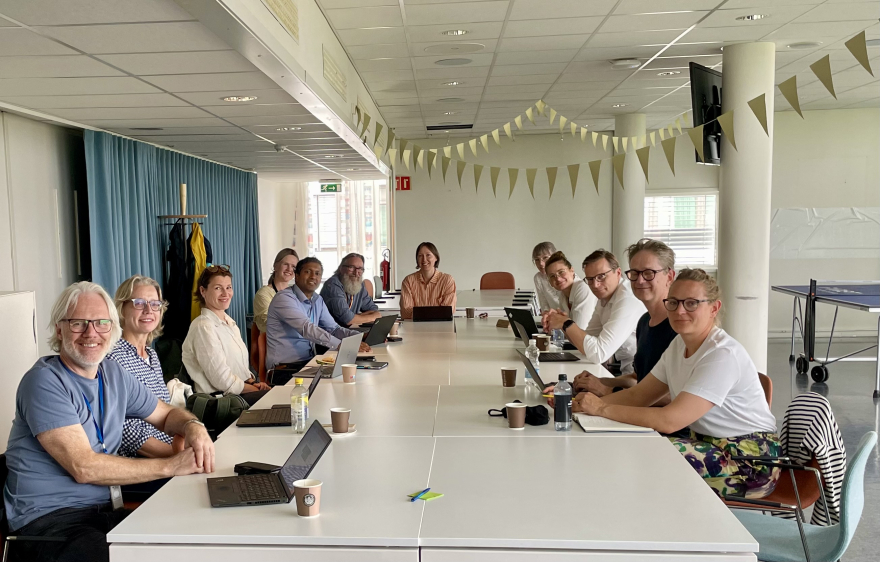Face masks, school closures, home offices and border controls.
The many pandemic measures implemented by Nordic governments during the COVID-19 pandemic limited the spread of infection, but they also placed a significant burden on society. They restricted people's freedom, affected children and young people's schooling, and prevented families from visiting each other, including elderly people in care homes.
Were all the measures necessary or what can we learn from them for the next pandemic?
"All measures were mandated or recommended in the hope of limiting the spread of infection. Everything from face masks to closing schools and workplaces had the same purpose, but it's important to measure both the positive and negative effects of the measures. When measures were introduced, there were trade-offs that were difficult for our politicians to make. In Norway, it was largely the politicians' decisions, although they based them on as solid a knowledge base as possible," says Atle Fretheim.
He is a Director at the Norwegian Institute of Public Health and leads the NordForsk-funded Nordic Pandemic Resilience and Preparedness Network (NordPrep).

"Our purpose is to strengthen the knowledge base for pandemic response to a future pandemic. Now, five years after the pandemic, we know almost as little about the benefits and harms of the measures as we did at the beginning of the pandemic. Many people have had and still have opinions about the measures that were introduced, but we don't have research that clearly states what positive or negative consequences they had. That's what we want to contribute," he says.
The project is part of NordForsk's investment in research networks on preparedness and resilience.
Measures that break the common understanding
The main reason the Nordic governments introduced measures was to slow the spread of COVID-19. The authorities realised that most people would get sick at some point, but it was important that not everyone got sick at once. ‘Flatten the curve’ was a frequently used phrase. All the measures were designed to slow, but not necessarily stop, the spread of infection.
Implementing measures during a disease epidemic was not new to the COVID pandemic. When the Spanish flu struck 100 years ago, attempts were also made to limit human contact and thus prevent transmission. The World Health Organisation (WHO) also has action plans for a possible flu pandemic, including school closures as a tool.
"It's really pure maths. Actions are about reducing the number of interactions. Many of the measures that were introduced were taken from the influenza playbook developed by the WHO. Many measures were common to all the Nordic countries, but there were differences. In Norway, for example, we closed the border with Sweden, even though Sweden did not close the border with Norway. When there's a pandemic, we realise that ordinary laws and rules are not so important. People become anxious and introduce measures that violate common understanding. The WHO's International Health Regulations, for example, state that it is not appropriate to close borders in the event of a pandemic."
Anxiety drives action
So, what have we learnt from the latest pandemic?
"In Norway today, there is a perception that it was a bad decision to close schools, but apart from that, I think the same measures would be introduced again. You can talk all you want about children's development, but if you have the spread of infection and children die, I think schools will be closed again, even though it may turn out that it only makes things worse."
One of the questions the NordPrep network wants to answer is when it makes sense to take action in the event of a pandemic outbreak.
"Politicians reflect the population. People get anxious when there are pandemics. In Sweden, we saw that even though politicians didn't order people to stay home, many stayed home anyway. There is even a desire among the population for tough measures. The downside is that politicians shouldn't always take people's wishes into account, because it's not necessarily professionally based or most appropriate, but it's difficult to be rational in a dramatic situation," says Atle Fretheim.
Nordic trust both helps and challenges
In the Nordic region, it was clear that the population generally followed the authorities' advice, although there were slight differences across the countries.
"It was fascinating that the authorities, at least in Norway, were so open about the fact that they didn't know the effect of the measures and that this didn't jeopardise public trust in the authorities. Outreach and trust go hand in hand. It was encouraging that it didn't affect trust when the authorities disclosed their uncertainty, because that's a fundamental principle of honesty. In some societies outside the Nordic region, it was natural for authorities to dictate what people should do. Just like talking to a child. My impression is that this was much more the case in the US, for example. The authorities were crystal clear on what was right and wrong to do. This can contribute to polarisation,” says Atle Fretheim and adds:
“A high degree of trust meant that polarisation did not arise and that there were only a few, small demonstrations from the right, left and centre. Authorities took a stand on individual freedom, but one of the reasons why we had such few demonstrations here in the Nordics was that most measures were recommendations and advice rather than legislation. We also have a tradition that it's good for people to protest because we celebrate freedom of speech and the right to speak out against the authorities."
Why didn't we have more popular resistance to the measures?
"The measures were based on a logic that could be challenged, but there is no reason to suspect that the authorities did it to gain power. No one is claiming that this was a power grab to strengthen political positions. The measures were introduced out of a conviction that it was the right thing to do. Of course, there was some disagreement between professional groups, but the authorities also got advice from health professionals, and basically there was a broad consensus on the need for the measures," he says.




